 As we head into the final stretch of August, farmers are already looking ahead to harvest. While they focus on putting pivots to rest in the near future and begin pulling out the harvest equipment, it’s a good idea for farmers and landowners in rental agreements to remember that September 1st marks the date by which lease agreements must be terminated or terms and conditions changed, if it is so desired by either party.
As we head into the final stretch of August, farmers are already looking ahead to harvest. While they focus on putting pivots to rest in the near future and begin pulling out the harvest equipment, it’s a good idea for farmers and landowners in rental agreements to remember that September 1st marks the date by which lease agreements must be terminated or terms and conditions changed, if it is so desired by either party.
In Nebraska and most surrounding states, an oral farmland lease begins on March 1st. Farm lease agreements are automatically continued year by year unless one party serves a termination notice or requests a renegotiation of the terms, and Nebraska law requires that this notice be served six months in advance of that date. Many rental agreements are oral agreements, and while it is always recommended that the terms of leasing agreements be on paper, it’s important for those without one to keep in mind that September 1st is fast approaching, should one desire to terminate or change a lease agreement. One of the most common disputes among parties with primarily oral farm rental agreements involve differing recollections of the terms of the lease; as such, farm managers strongly encourage that an agreement be put down in writing, even among family members, to avoid such disputes.
With that in mind, farmers and landowners each have an interest in ensuring that rental agreements are fair and mutually beneficial to both parties. Determining a fair price for farmland can be complicated, as many variables come into play, including farmland location, soil quality, land values, crop yields, personal goals, and the relationship between owner and tenant. Naturally, the factors that have the greatest effect on rental price are land values and crop yields. As these vary—sometimes quite a bit—from year to year, it can be difficult for owners and the farmers who rent the farmland to agree on a fair rental price.
To add to this difficulty, it’s interesting to note that a common way of determining a fair rental price—by comparing them with average county rents—isn’t always the best way. Illinois ag economist Gary Schnitkey found that, while the reported state and county land rent averages are accurate, they also mask a lot of variability among rents. From his findings, Schnitkey reports, “Only 35% of farm cash rents are within $20 of the average rent. This leaves many cash rents that vary significantly from averages.”
How then can farmers and landowners best determine a fair rental price for their farmland? Many are turning to professional land managers. Land managers deal with these types of situations on a daily basis, and are knowledgeable about all the tools available—such a flexible lease agreements—to farmers and landowners. They take into account each party’s unique circumstances and work with them to form a mutually agreeable arrangement, that best allocates risk and return for each. In situations involving family members, they are able to serve as an objective liaison who can effectively work out the rental agreement in a fair-minded way.
Are you wondering if your land leasing agreement is serving your best interests? Contact a UFARM land manager—they are happy to offer you sound advice regarding farmland rental agreements.
United Farm and Ranch Management (UFARM) is a Nebraska-based company devoted to meeting landowners’ needs. UFARM offers a full range of Nebraska land management services, including real estate sales, rural property appraisals, consultations and crop insurance. UFARM has operated in Nebraska since the early 1930’s.Contact Us.
Sources consulted:
Caldwell, Jeff. “What’s ‘fair’ cash rent for your land?” Agriculture.com. 15 Nov. 2011. Web. 18 Aug. 2014.
Edwards, William. “Computing a Cropland Cash Rental Rate.” Iowa State University Extension and Outreach. May 2014. Web. 18 Aug. 2014.

 It’s a question that occupies every farmer and landowner’s thoughts on a regular basis: What is the return on investment of my farm operation? Am I making the right decisions when it comes to my input costs? Am I marketing my crops effectively? These are important questions, and rightly so—any successful business owner knows that the key to making money and staying in business for the long term involves a high degree of attention to this key aspect.
It’s a question that occupies every farmer and landowner’s thoughts on a regular basis: What is the return on investment of my farm operation? Am I making the right decisions when it comes to my input costs? Am I marketing my crops effectively? These are important questions, and rightly so—any successful business owner knows that the key to making money and staying in business for the long term involves a high degree of attention to this key aspect.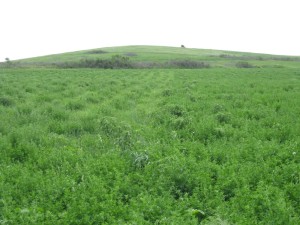 When it comes to deriving an income from their farmland, landowners have a variety of options from which to choose. For many, farming it themselves is suitable. For others, leasing their land to others to farm is a good option. Another alternative for many landowners is to enter some of their land into the Conservation Reserve Program (CRP).
When it comes to deriving an income from their farmland, landowners have a variety of options from which to choose. For many, farming it themselves is suitable. For others, leasing their land to others to farm is a good option. Another alternative for many landowners is to enter some of their land into the Conservation Reserve Program (CRP).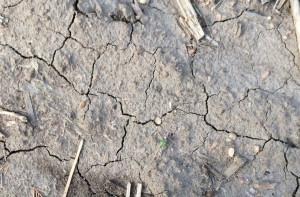 It’s planting season across the Midwest, and Nebraska farmers are eager to get their crops into the ground. A colder than normal winter with low levels of snowfall has left soil moisture at a premium, and while recent rainfall is a welcome remedy to lower than optimal soil moisture, the rain and cool temperatures are also doing their best to reign in planting across the area.
It’s planting season across the Midwest, and Nebraska farmers are eager to get their crops into the ground. A colder than normal winter with low levels of snowfall has left soil moisture at a premium, and while recent rainfall is a welcome remedy to lower than optimal soil moisture, the rain and cool temperatures are also doing their best to reign in planting across the area.

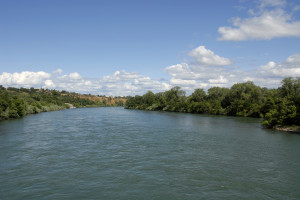
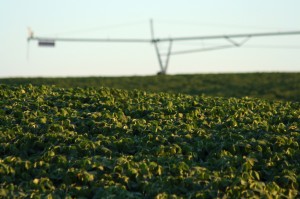
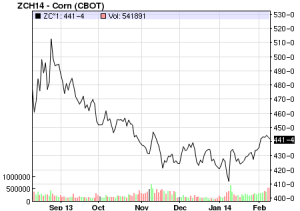
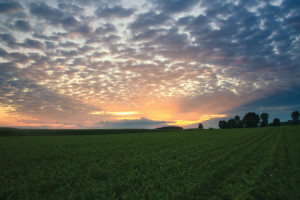 Demand continues to grow in the nation for organically produced foods and grains, and many farmers and landowners across the nation are joining the growing organic trend. Nebraska farmers have also been taking notice. The increasing demand for certified organic products and food are opening up new markets, and many Nebraska farmers are stepping in to fill the niche. Have you ever considered the benefits of using your land to produce organic grains or foods? Would organic farming be a good fit for you and your farm?
Demand continues to grow in the nation for organically produced foods and grains, and many farmers and landowners across the nation are joining the growing organic trend. Nebraska farmers have also been taking notice. The increasing demand for certified organic products and food are opening up new markets, and many Nebraska farmers are stepping in to fill the niche. Have you ever considered the benefits of using your land to produce organic grains or foods? Would organic farming be a good fit for you and your farm?